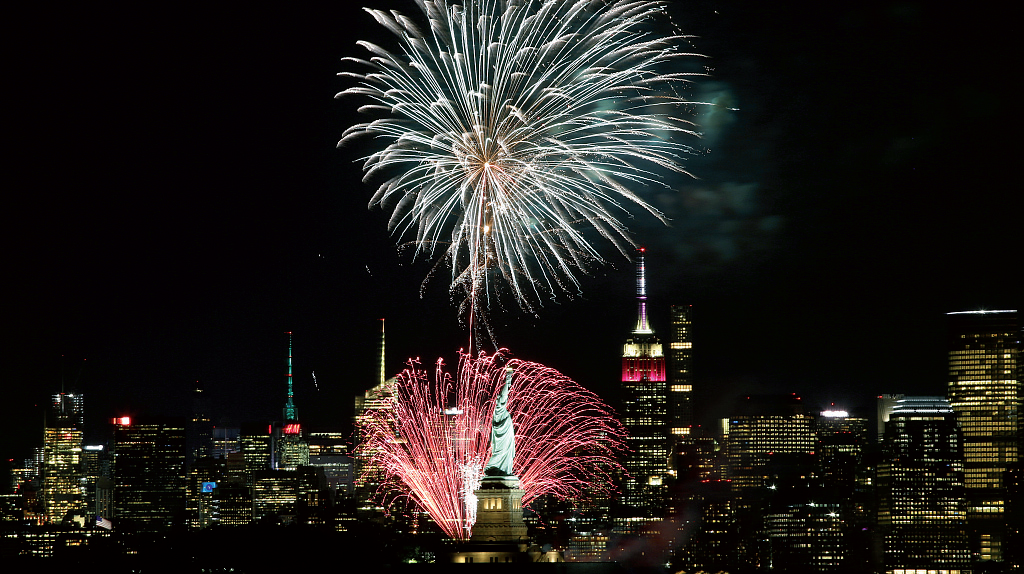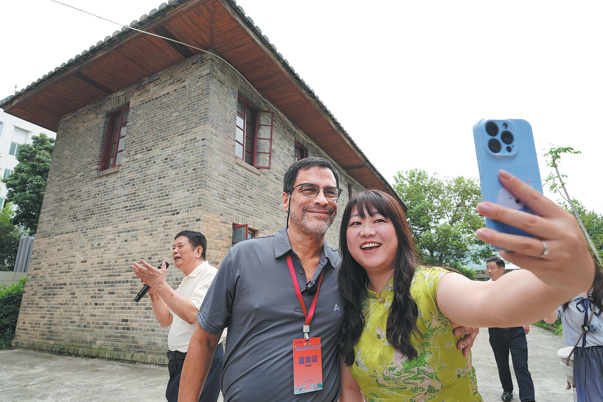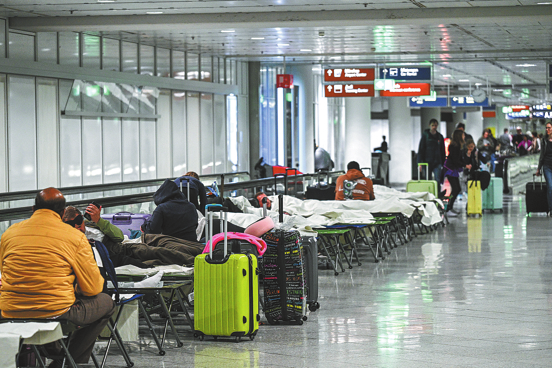Fireworks soar past tariffs


Tariffs are not going to put a damper on one grand old American tradition.
It's the Fourth of July, and whether you gaze up at the pyrotechnics over the East River in New York, watch the nationwide spectacles on TV or stage your own celebration in the backyard, one thing is for sure - thanks for the thrill of fireworks go to China.
Fireworks were originally invented in China in the ninth century to scare away evil spirits for the New Year.
Today, "99 percent of backyard consumer fireworks come directly from China," Julie Heckman, executive director of the American Pyrotechnics Association, toldNPR. "And about 70 percent of the professional display fireworks are manufactured in China."
China exported a record 53,700 metric tons of fireworks and firecrackers in May, just in time for this year's Independence Day, Bloomberg Businessweek reported.
Americans spend more than $1 billion onfireworkseach year and the number has been steadily increasing for years, according to the APA.
Last year, Americans imported 40 times more fireworks than they exported, but so far, this deficit hasn't caught the attention of US President Trump - fireworks are not on the list of Chinese goods facing new duties.
"Thankfully, the fireworks industry has not been impacted by the tariffs," Heckman said. "We are watching it very, very closely."
Fireworks dealers warn that dousing Chinese firecracker imports with a levy would turn their crackling business into a fizzling dud.
Fireworks manufacturers have existed in the US for over a century, but when demand began to outstrip the US supply around the American Bicentennial in 1976, companies began importing from countries like Italy, Mexico and especially China.
Currently, China is the largest manufacturer and exporter of fireworks in the world.
China's fireworks capital, the city of Liuyang in Hunan province, is home to about 1,000 companies producing all manner of pyrotechnics.
An estimated 90 percent of the globe's pyrotechnics are designed and produced in China, and most in Liuyang.
"Manufacturing fireworks is very labor-intensive," Heckman explained. "As the regulations [in the US] got tighter and people really weren't interested in making things by hand, it made sense to rely more on China to handle that production."
Despite the large amount of imports, the US fireworks industry is still booming. Without having to actually manufacture the explosives, companies can focus more on putting on shows.
The APA estimates that 14,000 fireworks displays light up the night skies of the US on Independence Day.

































